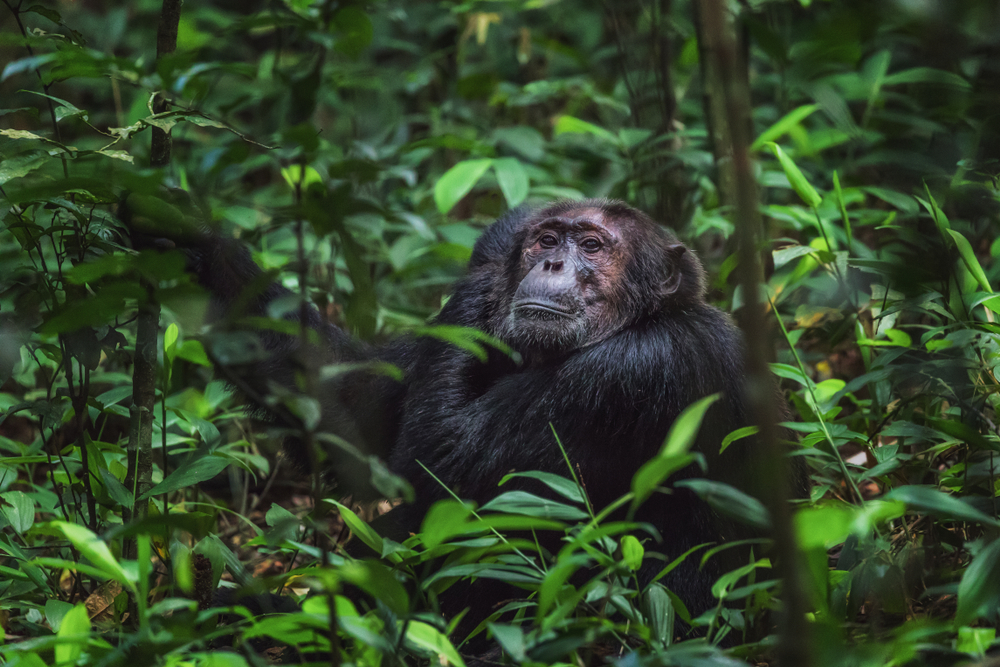Semuliki Overview
Semuliki National Park, known locally as Ekibira kya Semuliki, is a captivating protected area located in western Uganda, along the border with the Democratic Republic of the Congo. Spanning approximately 220 square kilometers (85 square miles), this lush lowland forest park is part of the larger Albertine Rift Valley and is Uganda’s only true tropical rainforest. Established in 1993, Semuliki is celebrated for its exceptional biodiversity, unique ecosystems, and distinct Central African character, making it a fascinating destination for nature enthusiasts and adventurers alike.
The park lies at the base of the northern Rwenzori Mountains and is predominantly covered by the ancient Ituri Forest, an extension of the Congo Basin. Its location at the intersection of East African and Central African ecological zones gives it a unique identity, with landscapes featuring dense lowland forests, swampy grasslands, and meandering rivers. The Semuliki River, which forms the park’s western boundary, snakes its way toward Lake Albert, creating beautiful oxbow lakes and wetlands that are a lifeline for wildlife.
Semuliki National Park is renowned for its incredible biodiversity, housing over 400 bird species and 53 mammal species, many of which are endemic to the Congo Basin forests. The park is a birdwatcher’s paradise, with species such as the rare shoebill stork, Nkulengu rail, and African piculet being major highlights. Visitors can also spot primates like the black-and-white colobus monkey, vervet monkey, and the elusive De Brazza’s monkey in the park’s canopy. Other notable mammals include forest elephants, buffalo, and the pygmy hippo, though sightings of these creatures are rare due to the dense forest cover.
A key attraction in Semuliki National Park is the Sempaya Hot Springs, a geothermal wonder that draws visitors from far and wide. The hot springs are divided into the “male” and “female” springs, each bubbling with boiling water that can reach temperatures of up to 100°C (212°F). The female spring, locally known as Nyasimbi, creates dramatic jets of steam that shoot up to two meters (6.5 feet) into the air, while the male spring offers more subdued pools surrounded by lush greenery. These natural features are not only stunning to behold but also hold cultural significance for the local Bamaga people.
Semuliki National Park plays a vital role in conservation as one of Uganda’s most important forest reserves. Its lowland rainforest supports species that are rarely found elsewhere in East Africa, underscoring its ecological importance. Conservation initiatives led by the Uganda Wildlife Authority aim to protect the park’s delicate ecosystems from threats such as poaching, logging, and encroachment. Community-based tourism programs also provide local communities with alternative livelihoods, fostering coexistence and sustainable resource use.
Visitors to Semuliki National Park can explore its wonders through guided forest walks, birdwatching excursions, and visits to the Sempaya Hot Springs. Boat rides along the Semuliki River offer a chance to observe aquatic wildlife and the lush forested banks. The park’s tranquility, unique biodiversity, and cultural significance make it a rewarding destination for travelers seeking an off-the-beaten-path experience.
In summary, Semuliki National Park is a natural treasure, combining ancient rainforests, geothermal marvels, and rich biodiversity. Its vibrant landscapes and cultural heritage make it an extraordinary destination for eco-tourists and adventure seekers.

















































































